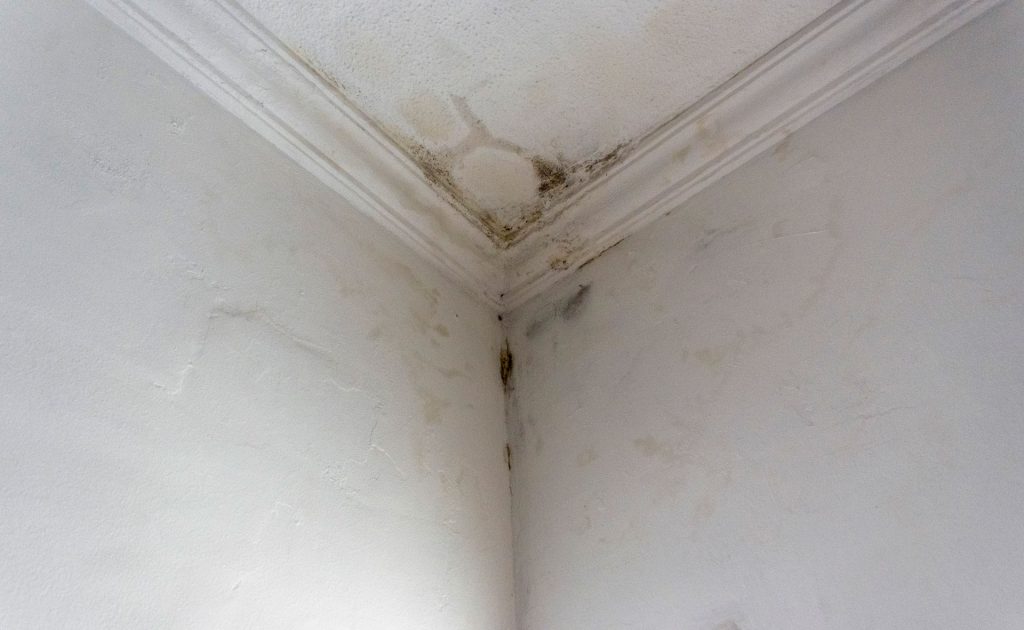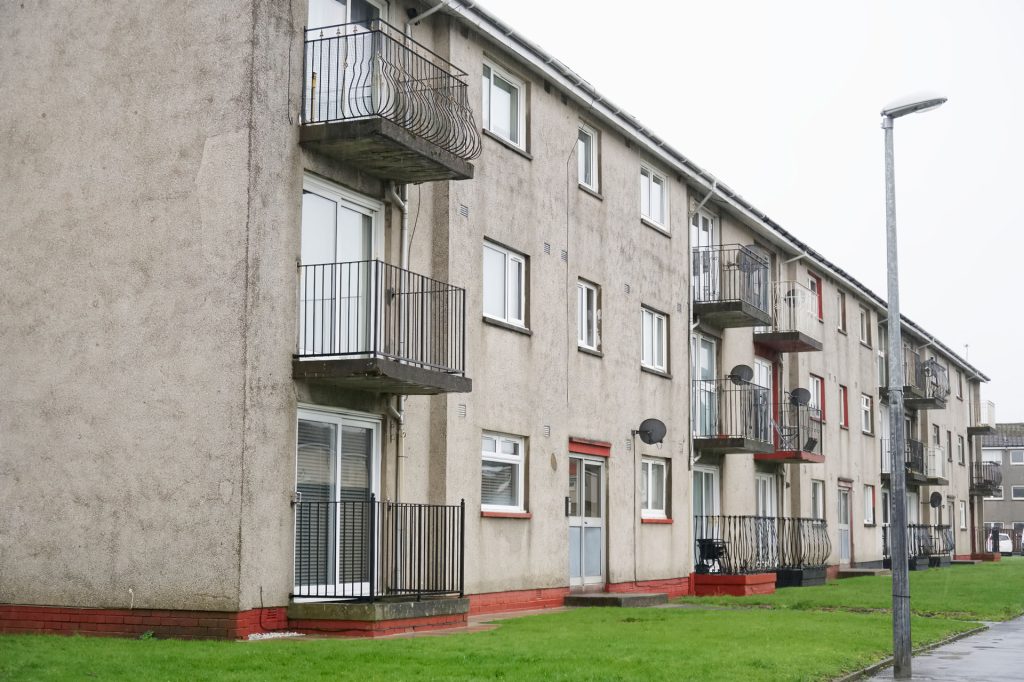Introduction
Living in a safe and well-maintained home is a fundamental right for every tenant. Unfortunately, many individuals find themselves facing housing disrepair issues that not only impact their quality of life but also compromise their health and safety. In such situations, it’s crucial to be aware of your rights as a tenant and understand how to navigate the process of making housing disrepair claims. This article serves as a comprehensive introduction to housing disrepair claims, outlining the key aspects and providing essential information to empower tenants to take appropriate actions.
What are Housing Disrepair Claims?
Housing disrepair claims refer to the legal process tenants can undertake to address and resolve issues related to the poor condition of their rented properties. These claims arise when landlords fail to fulfil their responsibilities to maintain and repair their properties, resulting in substandard living conditions for tenants. Examples of housing disrepair issues include dampness and mould, leaking roofs, faulty plumbing, electrical hazards, inadequate heating, pest infestations, and structural defects.
Understanding the Impact of Housing Disrepair
Housing disrepair can have far-reaching consequences for tenants. Firstly, it poses significant health and safety risks. Dampness, mould, and poor insulation can lead to respiratory problems, allergies, and worsen existing medical conditions. Leaking roofs and faulty plumbing may result in water damage, causing potential accidents and mould growth. Moreover, inadequate heating can expose tenants to extreme temperatures, especially during winter months, impacting their well-being.
Furthermore, housing disrepair can have financial implications for tenants. Properties in disrepair often have higher utility bills due to energy inefficiency, while the value of the property may decrease, affecting tenants’ potential for resale or rental income. Additionally, tenants may incur expenses for temporary accommodation or repairs they undertake themselves.
The psychological and emotional toll of living in substandard conditions should not be underestimated. Constant stress and frustration arising from unresolved housing disrepair can impact mental well-being, affecting tenants’ overall quality of life and sense of security.
Legal Framework and Rights of Tenants
To protect tenants’ rights and ensure proper maintenance of rental properties, various legislation and regulations govern housing disrepair claims. Key laws in this context include the Landlord and Tenant Act 1985, the Homes (Fitness for Human Habitation) Act 2018, and the Housing Health and Safety Rating System (HHSRS).
As a tenant, it’s crucial to be aware of your legal rights and responsibilities. The law imposes obligations on landlords to keep the property in a good state of repair, including ensuring the property is free from hazards and meets basic health and safety requirements. Tenants have the right to live in a safe, well-maintained property that meets these standards.

Types of Housing Disrepair
Housing disrepair encompasses a wide range of issues that can negatively impact tenants’ living conditions. Some of the common types of housing disrepair include:
- Dampness and Mould Issues: Excessive moisture and inadequate ventilation leading to mould growth and damp patches on walls, ceilings, and floors.
- Leaking Roofs and Water Ingress: Roof defects causing water to penetrate the property, resulting in water stains, damaged ceilings, and potential structural damage.
- Faulty Plumbing and Drainage Problems: Issues such as leaking pipes, blocked drains, and malfunctioning toilets that can lead to water leaks, flooding, and sanitation issues.
- Electrical Faults and Safety Hazards: Defective wiring, faulty switches, or inadequate electrical installations posing risks of electrical shocks, fires, or other accidents.
- Inadequate Heating and Insulation: Insufficient heating systems, poor insulation, or malfunctioning boilers that compromise tenant comfort and energy efficiency.
- Pest Infestations and Vermin Control: Infestations of pests such as rodents, insects, or other vermin that can cause damage and health risks.
- Structural Issues and Safety Concerns: Cracks in walls, sagging ceilings, or other structural defects that jeopardize the stability and safety of the property.
- Broken Appliances and Faulty Fittings: Non-functional or faulty appliances provided by the landlord, such as ovens, refrigerators, or plumbing fixtures.
Reporting Housing Disrepair
If you encounter any housing disrepair issues, it’s crucial to report them promptly. Timely reporting allows landlords or housing authorities to address the problems promptly and ensure your safety and well-being. Most tenancy agreements provide communication channels for reporting disrepair issues, such as a dedicated phone line or email address.
When reporting, it’s important to document the issues and gather evidence. Take photographs or videos of the disrepair, keep records of any correspondence or conversations with the landlord or property management, and note down dates and times of incidents or repairs undertaken. This documentation will serve as crucial evidence in support of your housing disrepair claim.
Landlords’ Responsibilities and Obligations
Landlords have legal duties and responsibilities to maintain and repair their properties. These obligations apply to various types of rental properties, including council-owned properties, private rentals, and social housing. However, the specific repair obligations may vary based on the type of property and the terms of the tenancy agreement.
For council-owned properties, local authorities have a duty to ensure that properties under their management meet the required standards. Private landlords are responsible for repairs and maintenance as outlined in the tenancy agreement and governed by the law. Social housing landlords, such as housing associations, have similar obligations to maintain their properties and address housing disrepair issues promptly.

Steps in the Housing Disrepair Claim Process
When facing housing disrepair issues, tenants can take certain steps to address the problem effectively:
- Initial Assessment: Evaluate the severity and impact of the disrepair issue on your health, safety, and well-being.
- Informal Negotiations: Engage in informal discussions with the landlord or property management, clearly stating the problems and requesting appropriate repairs.
- Pre-action Protocols and the Letter of Claim: If informal negotiations fail, follow the pre-action protocols by formally notifying the landlord or property management about the disrepair issues through a letter of claim. The letter should outline the problems, evidence, and a reasonable timeframe for repairs.
- Mediation and Alternative Dispute Resolution: In some cases, mediation or alternative dispute resolution methods can help facilitate a resolution without going to court. Mediators act as neutral third parties to help both parties reach a mutually agreeable solution.
- Court Proceedings and Litigation Process: If all attempts at resolution fail, tenants may need to initiate court proceedings to pursue their housing disrepair claim. Legal advice from a solicitor experienced in housing disrepair claims is highly recommended at this stage.
- Evaluation of Compensation and Damages: The court will assess the extent of the disrepair, its impact on the tenant, and determine appropriate compensation or damages that the landlord should pay.
Compensation for Housing Disrepair
Tenants may be entitled to compensation for the inconvenience, distress, and financial losses resulting from housing disrepair. Compensation can be divided into two categories:
- General Damages: These compensate for the pain, suffering, and loss of amenity caused by the disrepair issue. The amount awarded depends on the severity of the disrepair and its impact on the tenant’s quality of life.
- Special Damages: Special damages cover specific financial losses incurred due to the disrepair, such as increased utility bills, costs of temporary accommodation, or repairs carried out by the tenant.
Conclusion
Housing disrepair claims play a vital role in ensuring that tenants live in safe, habitable homes. Understanding your rights as a tenant, recognizing different types of housing disrepair, and following the appropriate steps to address these issues are key to protecting your well-being. By taking action and seeking legal recourse, tenants can hold landlords accountable for their responsibilities and secure compensation for the damages caused by housing disrepair. Remember, seeking legal advice from a qualified professional specializing in housing disrepair claims is essential for a successful resolution.
